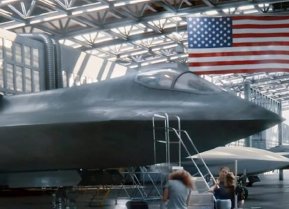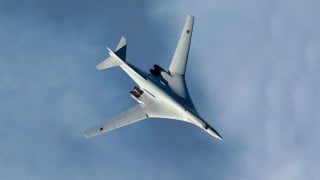Tu-160M2: Russia's New Mach 2 Bomber Should Have NATO Worried
The Tu-160 Blackjack bomber, introduced in 1987, is the world’s fastest bomber, reaching Mach 2 with its powerful Kuznetsov NK-32 engines. Despite its speed, it suffered from high maintenance demands. Russia is now upgrading the airframe to the Tu-160M2, aiming to retain its speed while reducing maintenance issues.
Summary and Key Points: The Tu-160 Blackjack bomber, introduced in 1987, is the world’s fastest bomber, reaching Mach 2 with its powerful Kuznetsov NK-32 engines. Despite its speed, it suffered from high maintenance demands. Russia is now upgrading the airframe to the Tu-160M2, aiming to retain its speed while reducing maintenance issues.
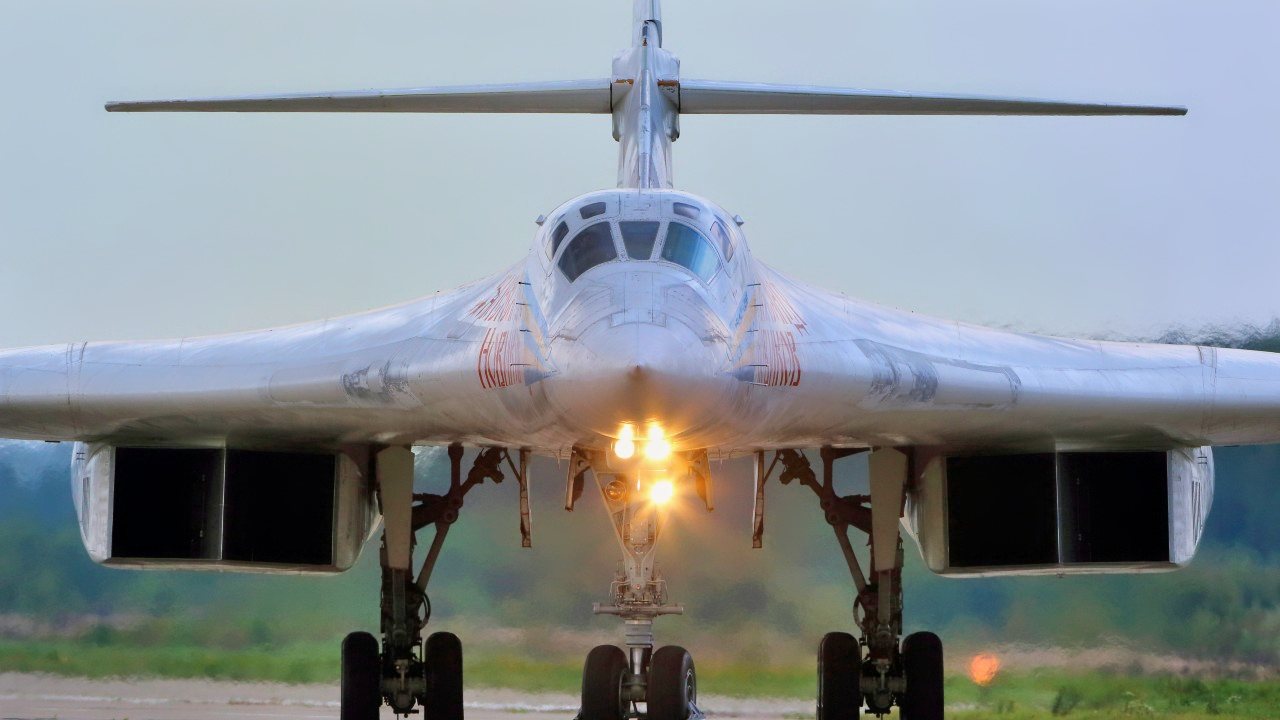
-The Tu-160M2 will be the largest and heaviest aircraft capable of Mach 2. Originally a Soviet-era bomber, the Tu-160 had half its fleet inherited by Ukraine after the USSR's collapse.
-Russia is now looking to procure over 50 new Tu-160M2s to bolster its strategic bomber fleet.
Can the Tu-160M2 Overcome Maintenance Issues Plaguing the Original Blackjack Bomber?
The original Tu-160 Blackjack bomber had upsides, and it had downsides.
On the upside, the Tu-160 was the world’s fastest bomber, relying on the powerful Kuznetsov NK-32 engine to reach Mach 2.
On the downside, the Tu-160 was a maintenance hog.
The Russians now are working to preserve the Tu-160’s upside while mitigating the downside, with a production relaunch of an upgraded airframe known as the Tu-160M2. This relaunched Tu-160 will be the largest and heaviest aircraft in the world able to reach Mach 2 – but will the new bomber properly address the maintenance issues that hampered the original? And will the Tu-160M2 be able to make positive contributions to Putin’s ongoing effort against the Ukrainians?
Upgrading the Tu-160
The Tu-160, known to NATO as the “White Swan,” is a supersonic bomber with variable-sweep wings and the ability to deliver either conventional or nuclear ordnance. A product of the Tupolev Design Bureau, the Tu-160 was first introduced in 1987, at the tail end of the Cold War. When the Tu-160 was introduced, it became the second-longest and second-fastest bomber in aviation history, behind only the American XB-70 Valkyrie, which was canceled before entering production.
The Tu-160 did enter production, of course, becoming the largest and heaviest combat aircraft in service anywhere in the world; the fastest bomber in service anywhere in the world; and the largest and heaviest variable-sweep wing aircraft ever flown, ahead of even the B-1 Lancer.
To help reduce some of the Tu-160s weight, 30% of the airframe is built from titanium, which is a lightweight and very strong alloy. Still, the Tu-160 weighs 110 tons when empty. The sweep-wing hinge alone weighs six tons.
Four engines are needed to propel the exceedingly heavy Tu-160. And not just any four engines, but the most powerful ever attached to a combat aircraft, the Kuznetsov NK-32.
To pilot the massive Tu-160, four crew members are needed, including a pilot, co-pilot, bombardier, and defensive systems operator. Each crew member is strapped into a K-36LM ejection seat, which is a common model found in various Soviet and Russian aircraft.
The Tu-160 represented the end of an era in some respects, as one of the very last weapons systems delivered to the Soviet Union. When the Soviet Union collapsed shortly after the Tu-160’s delivery, Kyiv inherited half of the Tu-160 fleet. As only 27 of the original Tu-160 airframes were ever produced, ceding these aircraft to Ukraine was significant. So the newly formed Russian Federation negotiated to purchase their Tu-160s back from the newly formed Ukraine.
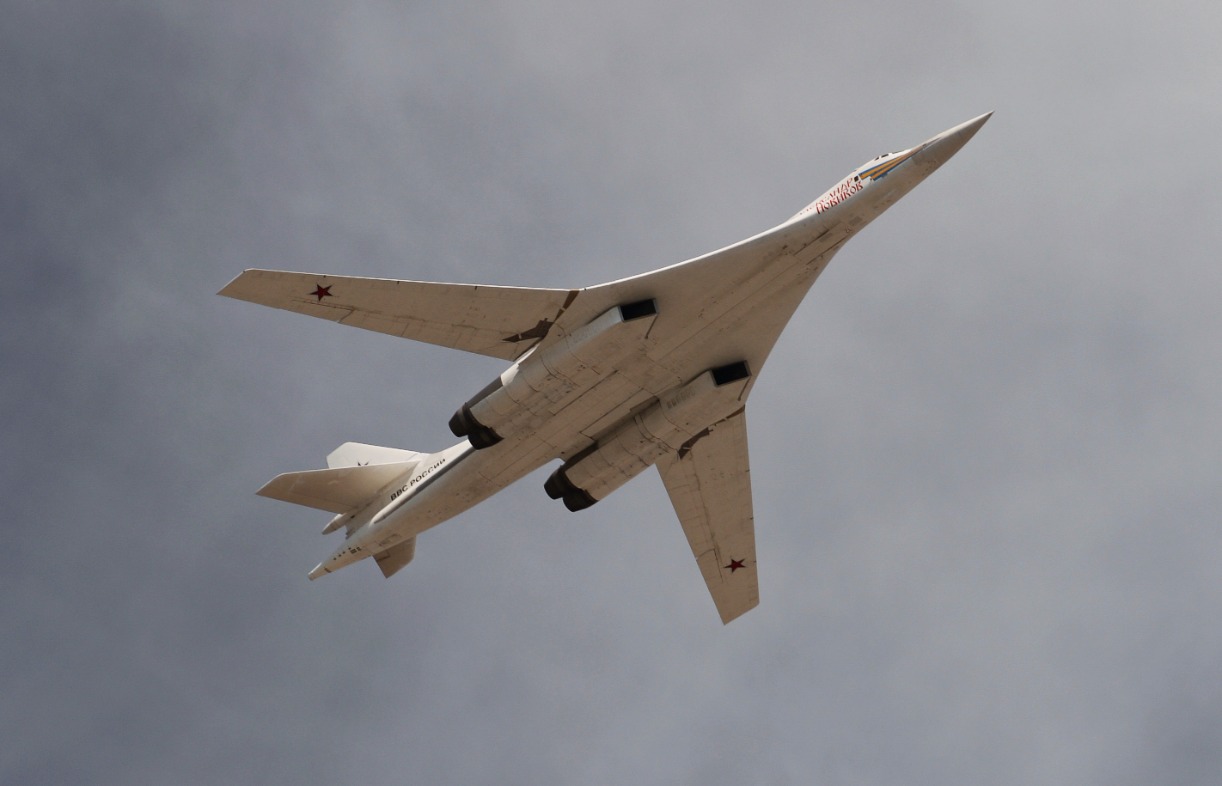
Now, the Russians are hoping to supplement their existing Tu-160 fleet with the upgraded Tu-160M2.
“The first upgraded prototype of the Tu-160M strategic missile-carrying bomber developed by the Tupolev Public Company has entered the program of state joint trials,” the state-owned United Aircraft Corporation said. The Russians hope to procure more than 50 new Tu-160s – but Russia does not have a great track record of supplying new weapons systems on time, or in perfect condition, so don’t hold your breath on their delivery.
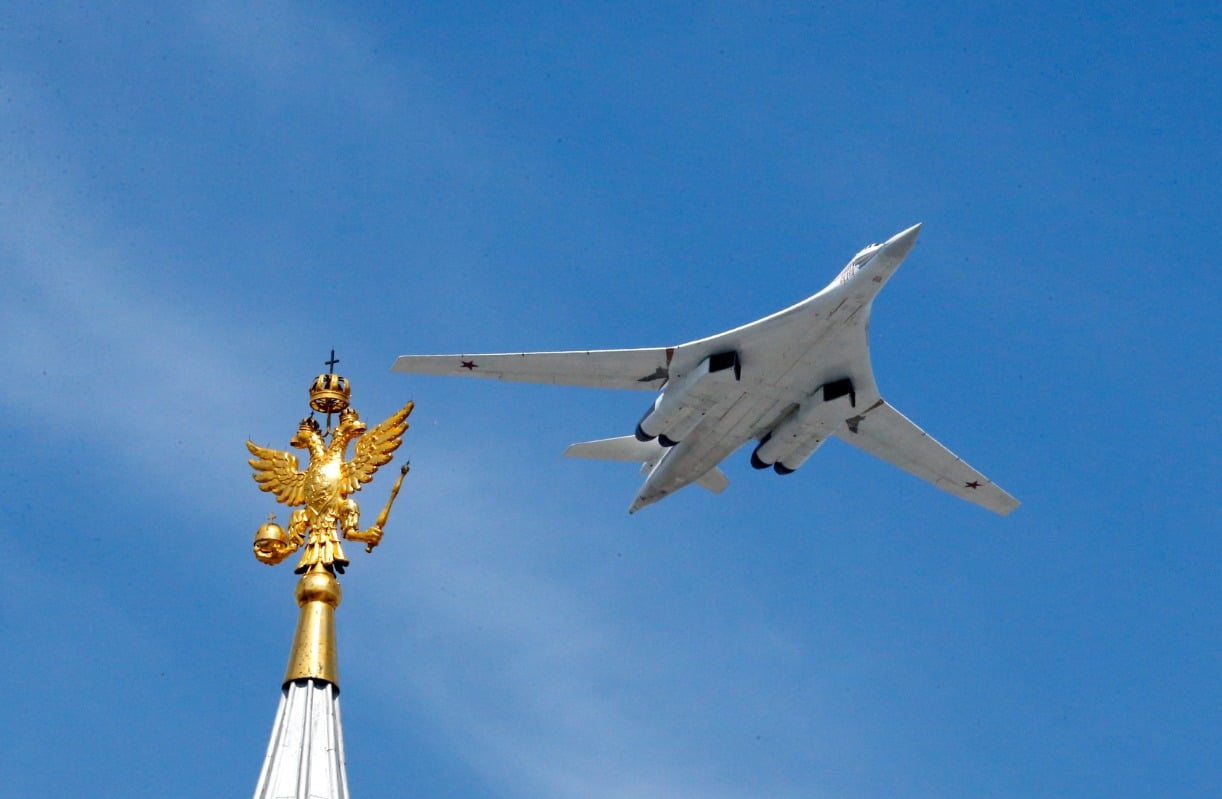
About the Author: Harrison Kass, Defense Expert
Harrison Kass is a defense and national security writer with over 1,000 total pieces on issues involving global affairs. An attorney, pilot, guitarist, and minor pro hockey player, Harrison joined the US Air Force as a Pilot Trainee but was medically discharged. Harrison holds a BA from Lake Forest College, a JD from the University of Oregon, and an MA from New York University. Harrison listens to Dokken.
All images are Creative Commons or Shutterstock.
From the Vault
Russia Freaked Out: Why the U.S. Navy 'Unretired' the Iowa-Class Battleships
Battleship vs. Battlecruiser: Iowa-Class vs. Russia's Kirov-Class (Who Wins?)
